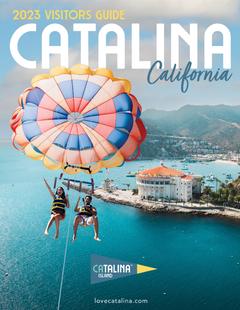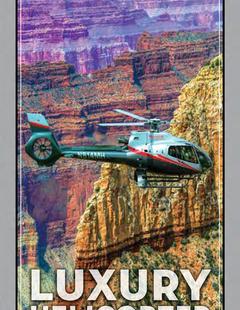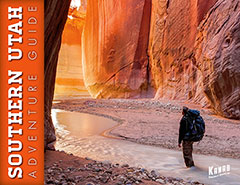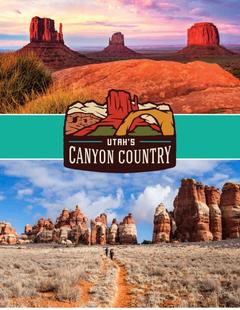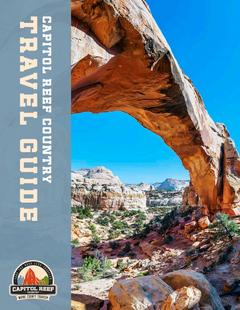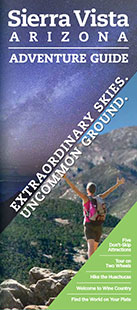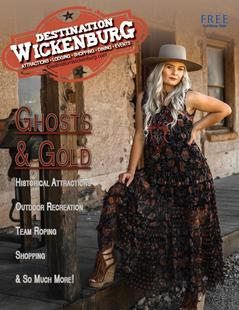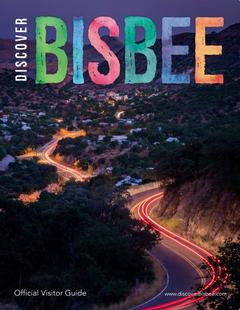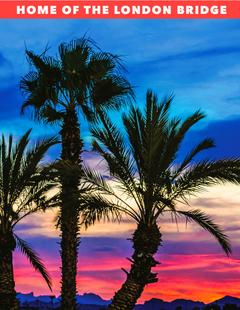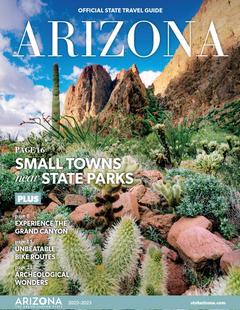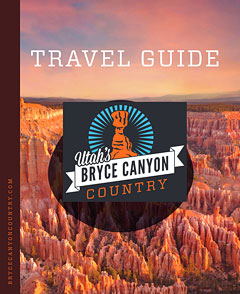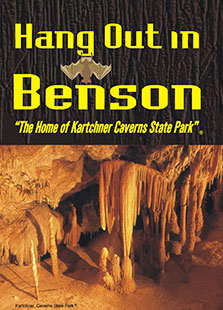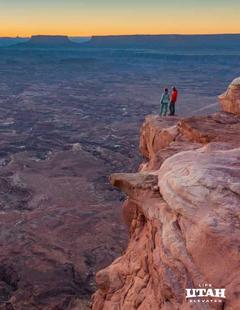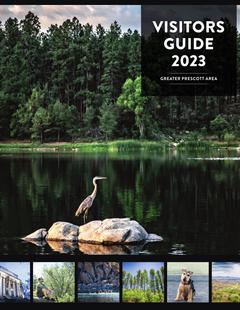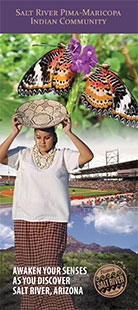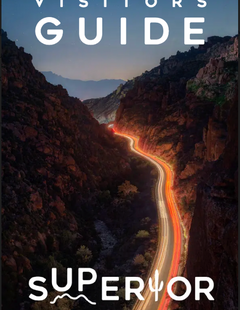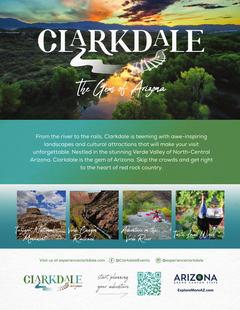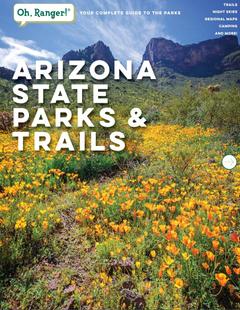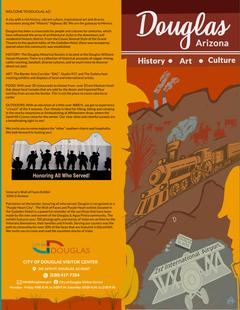Basics
- Length:
- 10.47 miles (16 km)
- Time:
- Allow at least half an hour to tour this byway.
- Fees:
- Park entrance fee, as well as camping and picnicking fees.
Description
As part of the Mojave Desert, the Valley of Fire Roadways pass through brilliant and starkly beautiful landscape. Valley of Fire State Park is Nevada's oldest and largest state park. The rock colors and formations that make up the park vary in color from tans and whites to deep purples and reds. It is not the various shades of red that give the park its name, however. The rock formations are particularly luminous as the sun's rays drench them just after sunrise and just before sunset. It's during these times that the valley's rocks gather the intensity of the sunlight and appear to glow a deep fiery red.
Throughout the entire day visitors will notice rocks mutate from benign oranges and browns to deeper, more dramatic shades with every shift in the sunlight. The sun also molds the rock into new shapes. Sandstone that seemed to be nothing more than pitted rock becomes a hauntingly expressive canvas, filled with long shadows, curved surfaces, and hidden places.
The park's formation began millions of years ago and contains eroded sandstone formations and sand dunes over 150 million years old. The roadways will take travelers past natural and geologic marvels such as the Arch Rock, Piano Rock, and Rainbow Vista. Rainbow Vista is a favorite with photographers for the panoramic view of intensely multicolored sandstone. The four-mile White Domes Road also winds through the park. Along the way, the multi-colored sandstone fluctuates from ground level to a stunning 400-foot height, ultimately leading to Silica Dome, a regal formation of sparkling white rocks. Every turn of the road brings another remarkable and unique feature of the Valley of Fire into view.
Tourism Resources
Helpful Links
Tourism Resources
Points of Interest
Points of Interest Along The Way
Atlatl Rock (NV)
Atlatl Rock (pronounced at’-lat-l) contains perhaps the best petroglyphs in the Valley of Fire State Park. Visitors can reach Atlatl Rock by traversing a long set of iron stairs. At the top, a panel of incredible petroglyphs opens to the view. The red sandstone contrasts the dark veneer of the desert varnish dramatically, making the petroglyphs very visible. The petroglyphs depict mountain sheep, spirals, birds, other objects, and, of course, hunters. Many of the hunters have an atlatl, a notched stick used to add speed and distance to a thrown spear, etched realistically nearby. According to some sources, Atlatl Rock in the Valley of Fire has one of the best prehistoric renderings of an atlatl in North America.
Directions
Located on a short loop off the byway near the West Entrance.
Lake Mead National Recreation Area (NV)
Lake Mead National Recreation Area will keep any visitor busy. The huge lake attracts fishermen, boaters, swimmers, and sunbathers while the desert surrounding the lake interests wildlife photographers, hikers, and roadside sightseers. The area is a stunning contrast of desert and water, mountains and canyons. Three of America's four desert ecosystems, the Mojave, the Great Basin, and the Sonoran Desert, meet in Lake Mead National Recreation Area making an area that would seemingly be barren full of a variety of plants and animals. Some of these may be found nowhere else in the world. The dramatic beauty of the area's rugged, isolated backcountry, striking canyons, dry washes, sheer cliffs, and distant mountain ranges makes Lake Mead National Recreation Area a wonderful place to visit.
Directions
Lake Mead National Recreation Area borders the Valley of Fire State Park on the east side and can be reached on hwy 169.
Lost City Museum (NV)
The National Park Service first built the museum as artifacts were being excavated from Pueblo Grande de Nevada. Lost City Museum is on a little knoll just south of Overton. This area was once an outpost of the Anasazi, or "Ancient Ones." These Anasazi Indian sites were in danger of being submerged in the waters of Lake Mead, so they were being excavated quickly. Lost City Museum has one of the most complete collections of artifacts of the early Pueblo Indians in the Southwest. The exhibit begins with the mammoth hunters from the Desert culture 10,000 years ago. It then continues through successive phases of Pueblo culture. The exhibit then continues with the Paiute people who still live in this area up through the history of Mormon farmers who were the first to migrate from the east. The museum also sells examples of Native American workmanship and houses a reproduction of a small Pueblo residence cluster constructed during the 1930s. It is as exact a replica as governmental hands can build.
Directions
Located outside the state park in Overton.
Mouse’s Tank (NV)
There is a natural basin at the edge of a cliff at one canyon and on the floor of another. Between the two boulders, two small pools of water collect during rainstorms. The water stays here most of the year. Why, however, is it named Mouse’s Tank? One of the greatest legends about the Valley of Fire is about the renegade Paiute Indian named Mouse. All of the tellings vary, but according to legend, Mouse was a known outlaw who worked the ferry that crossed the Colorado River. He was accused of killing two prospectors and hid from the authorities in this basin. Hidden within a maze of rock formations and with the natural supply of water, he managed to survive for months. Some tales say that eventually a posse tracked Mouse down and killed him in a gunfight. Others say he managed to evade the law and was never captured. Regardless of what happened to Mouse, his tank is still here today with a small supply of water.
Directions
Located in Petroglyph Canyon.
Rock Formations (NV)
The Valley of Fire is well-known for the deep red of its rocks, but it is also well-known for the interesting shapes some of these sandstone formations take. Following the scenic roadways will take visitors past some of the more interesting rock formations, such as Arch Rock and Piano Rock.
One of the first features travelers will encounter are the Beehives. The Beehives are sandstone rocks that have been carved over time into a swirling pattern to resemble their namesake. These patterns were formed through the weathering and eroding forces of wind and water.
Elephant Rock is a famous formation. It is a delicate sandstone formation resembling the head and trunk of an elephant. Elephant Rock is accessible via a short trail from the east entrance station.
The White Domes Area is a short eleven-mile round trip from the visitor center. The White Domes offer visitors brilliantly contrasting colors in the sandstone spotted with unique plants, such as the yucca. This area also has a picnic area for a relaxing stop during the trip.
Along with the unusual rock formations, there is an area of petrified logs. Basically rocks themselves now, these petrified logs and stumps were washed into the area from an ancient forest about 225 million years ago. The area is covered in fragments, but there are some intact logs visible.
Also nearby are the Cabins. Not of natural origin, the cabins are in a picnic area. These cabins are of historic significance, built with native sandstone by the CCC (Civilian Conservation Corps) in the 1930s. They began as shelter for passing travelers and offer the same chance for a bit of shade today.
Directions
Rock formations are scattered throughout the park. Some are accessible right from the roadway, some require a short hike.
Visitor Center (NV)
The visitor center is located toward the center of the park. It houses numerous exhibits and displays about the surrounding plant and animal life, as well as the ancient cultures that used to live in this area. The visitor center also provides exhibits on the geology of the park. Visitors should be sure to stop at the visitor center soon after entering the park. Postcards, books, and film are also for sale at the visitor center.
Directions
Located near the center of the Valley of Fire State Park.















